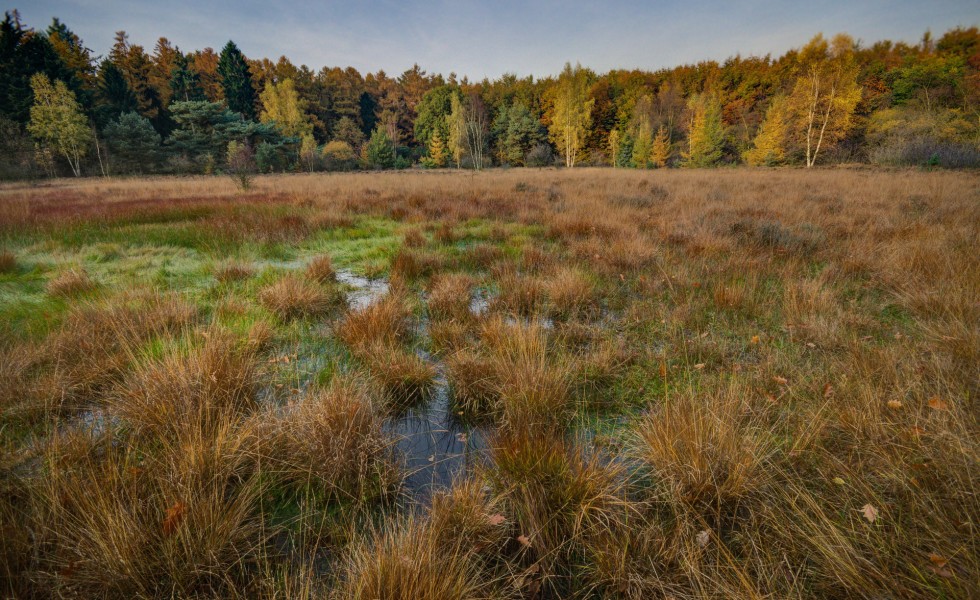Drainers versus Sustainers
Posted on November 7, 2019

Not two miles from my central Illinois home, a farmer’s next crop—a dozen rolls of eight-inch, black plastic drainage pipe—wait to be planted several feet deep in this year’s browning corn stubble.
It’s tiling season in much of the Midwest, that post-harvest period when earth-chewing machines fight weather, mud, and daylight to bury thousands of miles of pipe to move subsurface water—and whatever else—off farmland to hopefully make it more productive and, in turn, more valuable.
Why? asks Christopher Jones and Silvia Secchi, two University of Iowa professors, in a stinging Oct. 14 essay, titled “Drain Brain.” It’s a simple question in today’s era of ag overproduction, fertilizer- and manure-laced farm water runoff, and an almost totally disengaged government.
Jones, a research engineer specializing in water quality and agriculture, and Secchi, a natural resource economist, ask it in reply to “a new paper that appeared in the journal Nature Sustainability where some researchers from a university 120 miles west of here”—Iowa State University (ISU), the state’s ag-focused Land Grant University—“proposed a new solution to our nutrient problem: Put in more drainage tile.”
That prescription caused Jones and Secchi to respond to the tiling advocates—who they labeled “Drainers”—because in Jones and Secchi’s view, it will only add to Iowa’s enormous farm water run-off problem. What’s needed, they urge, are new and better ideas, not new and better tile.
In fairness, ISU’s lead researcher, agronomist Michael Castellano, did explain that any overall tile upgrade would not only include “installation of higher capacity pipes” but also “implementation of long-term conservation practices, like denitrification wetlands, bioreactors and saturated buffers.”
Exactly right, agreed the engineer and economist. But the rub is the staggering cost—something the ISU study did not provide—for any one of those plans.
For example, if the Drainer plan is implemented on three million or so of Iowa’s estimated eight million acres of tiled farmland, “replacing all the tile would cost $3 billion.”
Add to that the cost of building “denitrification wetlands” at the state recommended rate of “1- to 4-acres” for every “200 acres of farmland.” The conservative estimate of construction cost—“ignoring maintenance, operations, and easement outlays”—would be about $300 per acre.
That means “these wetlands would require tens of thousands of acres and cost between $10 [billion] and $42 billion” to construct. “To put this in perspective,” they note, “Iowa has received ~$20 billion in agricultural subsidies over the last 25 years.”
But that’s not the biggest hurdle to the Drainers’ idea. Most of today’s runoff mitigation programs—like the federal Conservation Reserve Enhancement Program (CREP) or Iowa’s Nutrient Reduction Strategy—are voluntary. Which leads the researchers to ask a second simple question: “Will farmers voluntarily give up tens of thousands of acres to wetlands?”
They know the answer. “In almost 20 years, the CREP program has enrolled less than 4,000 acres, or 1 in 6500 Iowa crop acres.” As such, they add, “We assert that the Drainers’ proposal is not sustainable.”
But you and I—as well as all the agronomists, economists and engineers in farm country—know that farmland tiling will not stop anytime soon.
We can, however, Jones and Secchi explain, mitigate its lasting effects with newer, tougher, and more enforceable water runoff rules; change ag policy to encourage crop diversification; pay farmers for “ecosystem services;” decouple current payments from production “while tying them to environmental performance,” and better manage manure application.
And we need to try these options now because, even with tile, “Farmers aren’t getting the economic outcomes that they want, and the public isn’t getting the environmental outcomes that we want.”
That sounds like solid ground everyone can stand on as we collectively dig into fair, workable solutions that farmers and non-farmers alike all need.
© 2019 ag comm
Share This